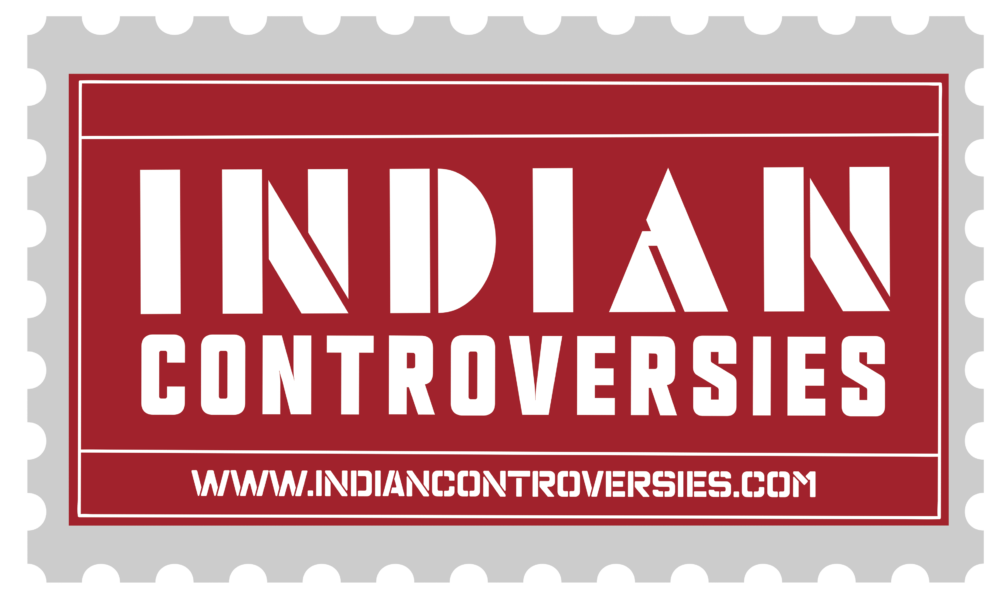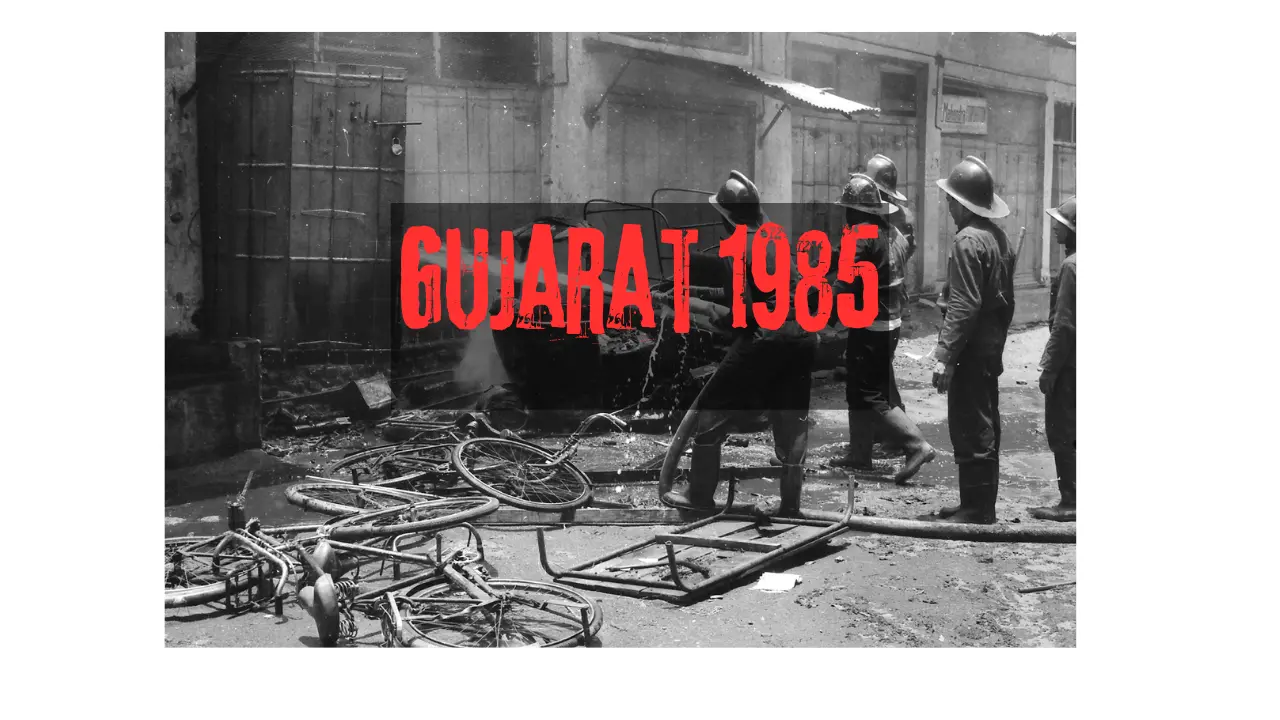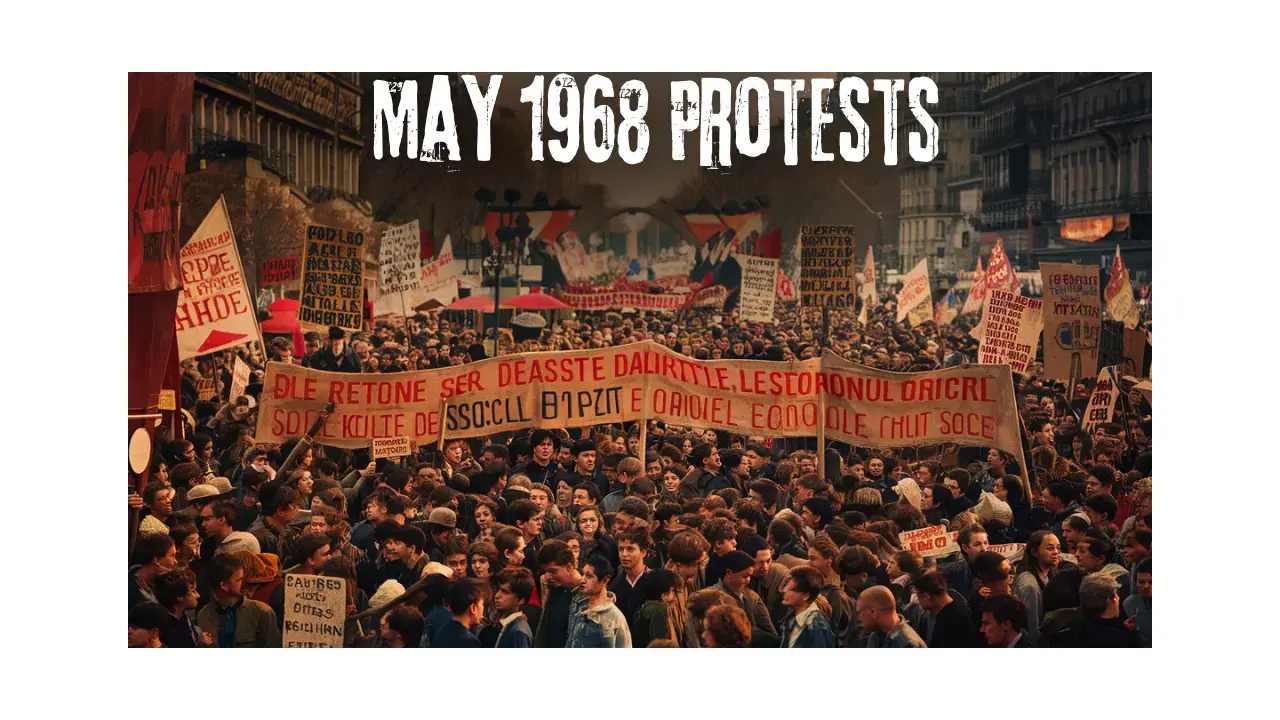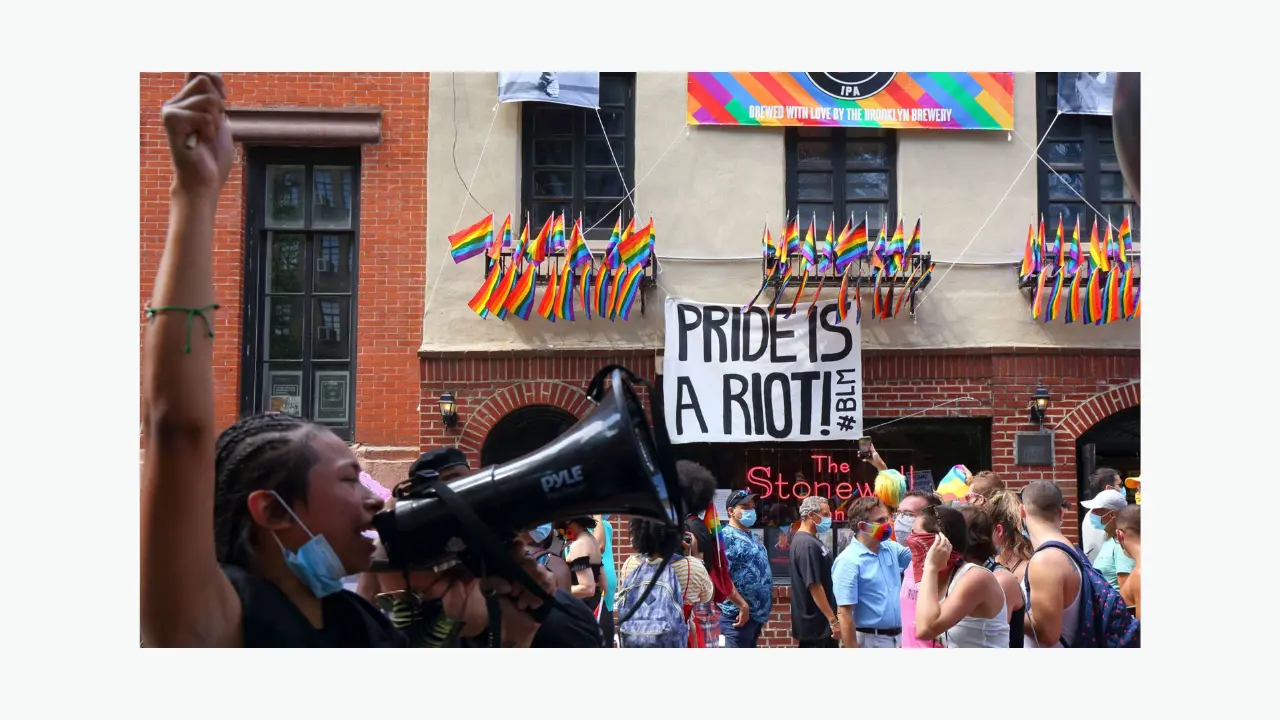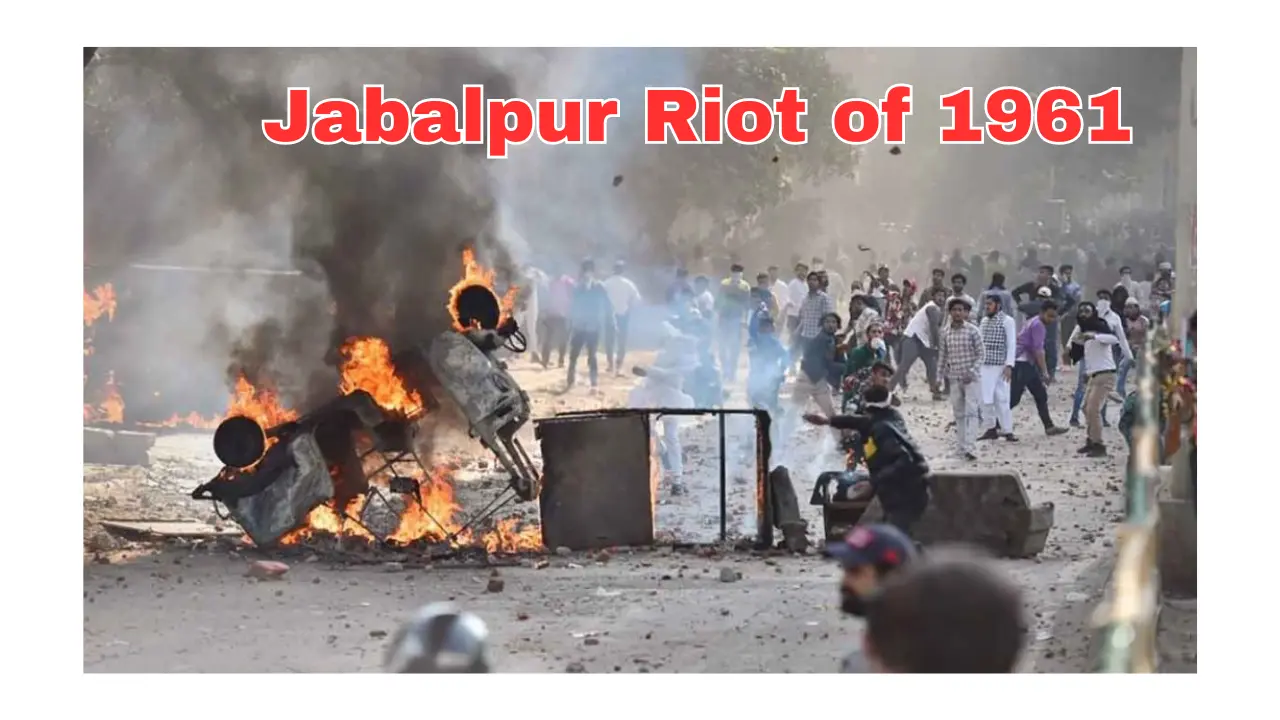February 1985 riots in Gujarat lasted until August. The epicenter was Ahmedabad, with Gandhinagar and other areas also affected.
Violence displaced tens of thousands, killing and injuring hundreds. It caused significant property damage, highlighting a terrible state history. Details about each riot:
January-February 1985
Mid-February saw Ahmedabad engineering students boycott tests, leading to the formation of AGERAC and the start of an indefinite strike. Initially quiet, protests turned violent. After a bus passenger perished in an arson assault on February 28, the commotion subsided. Violence returned after the Congress election, with vehicle attacks and neighborhood confrontations. The Indian army’s deployment led to the lifting of the curfew on April 2.
April 1985
Protests and boycotts prolonged the battle. A “fill the jail” campaign led to over 1,000 arrests. Between 16 and 23 April, army reallocation, overpoliced, and Dalit-Patel disputes caused violence. A police officer died on April 23, sparking police riots and community unrest in eastern Ahmedabad.
May-June 1985
Violence dropped temporarily in early May and late April. Government workers ended their strike on May 7. Fighting continued on May 8 and killed 33. The Gujarat Chamber of Commerce bandh on June 5 caused widespread unrest and 34 deaths. The government appointed the Dave panel to investigate, but reservation policy changes were delayed. June 20 saw more violence between Muslim Eid celebrations and a Hindu procession.
July-August 1985
Protests in July over Solanki’s resignation sparked more conflict and an investigation. Solanki resigned on July 6; Chaudhary took over. Violence continued, prompting a government worker strike. On July 18, the administration reviewed reserve policies. After the troops left on July 17, violence resumed, leaving sixty dead and 138 injured by late July. A compromise with striking workers ended the curfew in early August, opening schools by mid-August.
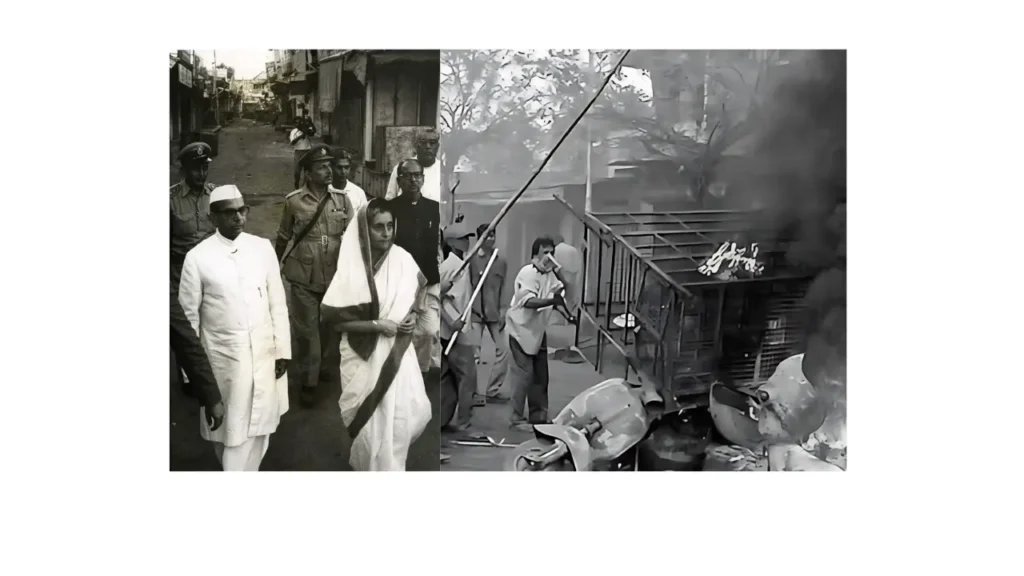
Caste and social dynamics
With police assistance, the 1985 riots targeted lower castes in upper-caste districts and Muslims in working-class communities. BJP members backed Dalits during the riots, having previously persecuted them. Politicians sought Hindu support through violence, boosting the Hindu nationalist movement and the BJP’s Gujarat rule.
The 1985 riots devastated the city, killing 220–275 people and destroying property. Muslims suffered the most, resulting in 100 deaths, hundreds of injuries, damage to 2,500 homes, and displacement of 12,000 people. The investigating group recognized the horrific effects of unfettered violence and law and order collapse, according to scholar Ornit Shani. Asghar Ali, an engineer reformist, said the BJP engineered the riots to overthrow Solanki. The committee found that BJP, Vishva Hindu Parishad, and Akhil Bharatiya Vidyarthi Parishad members increased violence.
